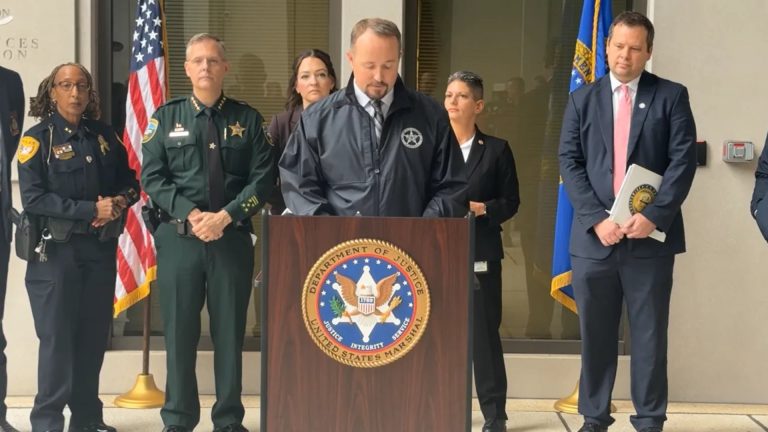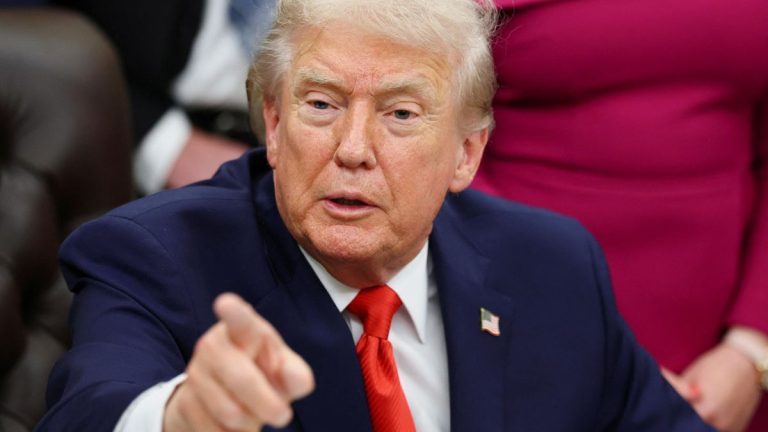A U.S. delegation led by the Second Lady, Usha Vance, is scheduled to visit Greenland this week, underscoring the United States’ continued interest in the Arctic region. The visit comes amid ongoing discussions about Greenland’s strategic and economic significance and highlights the complex geopolitical considerations facing the region.
The delegation is set to depart on Thursday and return on Saturday, March 29, with National Security Advisor Mike Waltz and Energy Secretary Chris Wright accompanying Vance. The trip will include visits to both U.S. military installations and local cultural sites, such as historic landmarks and community events, including a dogsled race, reflecting an effort to balance security discussions with engagement in local customs.
Background on U.S.-Greenland Relations
Greenland, a self-governing territory of Denmark, has long been considered strategically important due to its location in the Arctic, rich natural resources, and potential shipping routes that may become more navigable as climate change affects ice coverage. Over the past year, U.S. officials have expressed growing interest in maintaining a strong presence in the region, citing both economic and national security considerations.
The U.S. interest in Greenland has been publicly discussed by senior figures in the Trump administration, including President Donald Trump, who has raised the possibility of increased territorial engagement. The president has argued that greater U.S. involvement could enhance international security and ensure that strategic Arctic assets remain under allied influence.
Political Context and Reactions
The announcement of the visit followed comments by U.S. Senator JD Vance, husband of Usha Vance, who suggested that the United States might need to take “more territorial interest in Greenland.” These remarks came amid broader speculation about the U.S. approach to the Arctic and the role Greenland might play in regional security.
Greenlandic officials have reacted cautiously. Outgoing Prime Minister Mute Egede expressed concern that U.S. visits may be perceived as demonstrations of power rather than diplomatic engagement, emphasizing the need for respect for Greenland’s autonomy. Egede noted that past relations with the United States were cooperative but indicated that recent developments had introduced tension.
Jens-Frederik Nielsen, expected to assume the role of Greenland’s next prime minister, described the visit as a “provocation” and emphasized the importance of recognizing Greenlandic sovereignty in any international discussions. Danish Prime Minister Mette Frederiksen also acknowledged the visit, noting that Denmark takes U.S. engagement seriously but underscoring the fundamental principle of sovereignty in diplomatic relations.
U.S. Perspective
From the U.S. perspective, officials have framed the trip as an opportunity to strengthen partnerships, support economic cooperation, and ensure alignment on security priorities. White House National Security Council spokesman Brian Hughes emphasized that the delegation’s goal is to build on partnerships that respect Greenland’s self-determination while advancing shared interests in the Arctic.
Earlier in the year, Secretary of State Marco Rubio highlighted the strategic importance of Greenland in the context of emerging shipping lanes and energy development in the Arctic. Rubio noted that as ice coverage decreases, new navigable routes could shift global trade and energy logistics, making the region increasingly significant.
Rubio also cited potential geopolitical challenges, referencing concerns about foreign influence, including that of China. He suggested that U.S. engagement in Greenland is partly motivated by the need to ensure that key Arctic facilities remain under allied oversight and do not become strategically leveraged by other powers. The discussion pointed to a broader calculation about defense obligations, international security, and the protection of assets critical to U.S. and global interests.
Visit Itinerary and Activities
During the visit, the U.S. delegation is expected to tour both strategic and cultural sites, reflecting an effort to combine security-focused discussions with engagement in Greenland’s community and heritage. Delegation members will meet with local authorities, observe U.S. military facilities, and participate in cultural events, offering a public demonstration of partnership and engagement.
Observers note that the delegation’s itinerary is designed to signal U.S. commitment to Greenland’s economic and security development while fostering dialogue with local leaders. The inclusion of cultural events, such as attending a dogsled race, also underscores the importance of understanding and respecting local traditions amid broader strategic discussions.
Strategic Significance
Greenland’s value to the United States stems from multiple factors, including its geographic location, mineral resources, and potential as a hub for Arctic operations. Analysts have pointed out that as the Arctic becomes more accessible, countries with interests in shipping, energy, and defense will face new challenges and opportunities in the region.
For the U.S., maintaining influence in Greenland aligns with broader national security goals, ensuring that allied nations and territories remain within the orbit of existing defense agreements. At the same time, officials stress that engagement must respect the governance and sovereignty of Greenland and Denmark. Balancing strategic objectives with diplomatic sensitivity is central to the administration’s approach.
Diplomatic Considerations
The visit highlights the nuanced dynamics of international diplomacy in the Arctic. While the United States seeks to reinforce strategic interests, Greenlandic authorities and Denmark emphasize the importance of respect, autonomy, and consultation. Officials on both sides appear committed to dialogue, even as public statements reflect some tension over perceived intentions and messaging.
Danish and Greenlandic authorities have repeatedly emphasized that any security or economic cooperation should be based on mutual agreement and respect for Greenland’s self-governance. These principles will likely guide discussions during the visit and shape potential agreements or initiatives that may arise from the delegation’s meetings.
Broader Geopolitical Context
The Arctic has emerged as a region of growing global significance. Climate change, new shipping routes, and energy resources are increasing attention from major powers, including the United States, China, and European allies. Greenland’s strategic location offers access to emerging Arctic shipping lanes and natural resources, making it a focal point in broader considerations of economic development, trade, and national security.
U.S. officials have emphasized that engagement in Greenland is part of a long-term strategy to ensure stability, protect allied interests, and maintain open and secure Arctic trade routes. The visit by Vance and her delegation can be seen as both a symbolic and practical measure to strengthen U.S.-Greenland relations while addressing regional challenges.
Conclusion
The visit of a U.S. delegation to Greenland underscores the intersection of diplomacy, security, and economic strategy in the Arctic region. As the delegation tours the territory, meets with local leaders, and observes both military and cultural sites, the trip serves as a tangible demonstration of U.S. interest and engagement.
While some Greenlandic and Danish officials have characterized aspects of the visit as provocative, the overarching goal from the U.S. perspective appears to be reinforcing partnerships, advancing economic cooperation, and addressing strategic considerations in a rapidly changing Arctic environment.
As Greenland continues to navigate its position between local governance, Danish oversight, and international interest, the delegation’s trip is likely to be closely watched for both its immediate outcomes and broader implications for regional security and economic development.

James Jenkins is a celebrated Pulitzer Prize-winning author whose work has reshaped the way readers think about social justice and human rights in America. Raised in Atlanta, Georgia, James grew up in a community that instilled in him both resilience and a strong sense of responsibility toward others. After studying political science and creative writing at Howard University, he worked as a journalist covering civil rights issues before dedicating himself fully to fiction. His novels are known for their sharp, empathetic portraits of marginalized communities and for weaving personal stories with broader political realities. Jenkins’s breakout novel, Shadows of Freedom, won national acclaim for its unflinching look at systemic inequality, while his more recent works explore themes of identity, resilience, and the fight for dignity in the face of oppression. Beyond his novels, James is an active public speaker, lecturing at universities and participating in nonprofit initiatives that support literacy and community empowerment. He believes that storytelling is a way to preserve history and inspire change. When not writing, James enjoys jazz music, mentoring young writers, and traveling with his family to explore cultures and stories around the world.









